When we started work on The Vortex performance in 2015, before the “Me, too” and “Black Lives Matter” movements received widespread attention, I thought it would be difficult to collect stories from researchers. I soon discovered that almost any scientist who wasn’t a straight white male, and some who were, had a true story about not fitting the cultural “norms” of the scientific community. As the stories accumulated, we began to see patterns. The small, everyday stories just as intriguing as the iconic, historically significant accounts. These stories are all part of the incredibly complex interaction of diversity and creativity in the search for knowledge. Some stories inspired drawings, some occur in the sound or music, and not every story is used in every performance.
Sarah Ballard, astronomer
When I was an undergraduate in astronomy, my advisor was an internationally known scientist. I was grateful when he took time to talk to me about my career. But then he started talking about having sex outdoors with a woman he used to date. I stopped meeting with him after he gave me a ride home, parked, and started touching me, rubbing the back of my neck as I tried to get out of the car. I was afraid to report him because it might hurt my chances of going to graduate school.
Source: Azeen Ghorayshi, Famous Berkeley Astronomer Violated Sexual Harassment Policies Over Many Years, Buzzfeed News, October 9, 2015
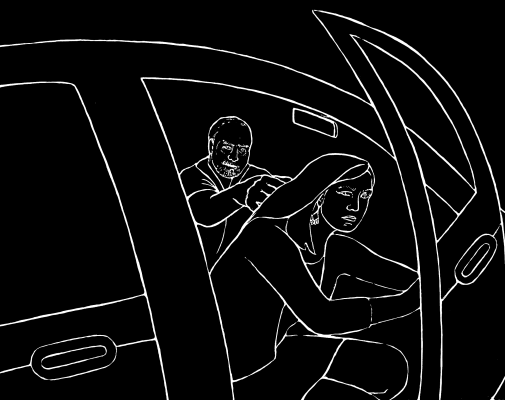
Ben Barres, neuroscientist
What is more beautiful than discovering something that has never been known before?
Source: William Newsome and Brie Linkenhoker video interview with Ben Barres, Worldview Stanford, recorded July 19, 2017
Devavani Chatterjea, biologist
If there is more than one brown woman in the room, we will be mistaken for each other.
Source: Unpublished conversation with the artist, 2014
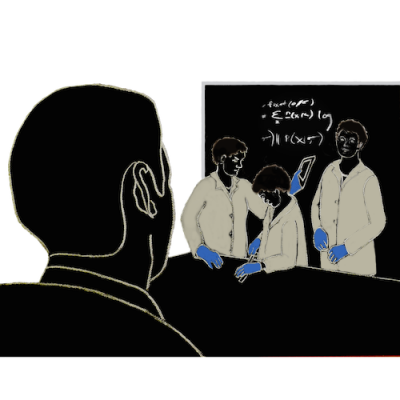
Lyn Conway, computer scientist
In the 1960s, I did pioneering research at IBM that made the first true superscalar computer possible…but when I had sex reassignment surgery, I was fired. I lost my career and professional reputation and had to start my career all over again as a lowly contract programmer without a past…I lived in “stealth mode” for 31 years after my transition.
Source: Lynn Conway, Lynn’s Story, http://ai.eecs.umich.edu/people/conway/conway.html
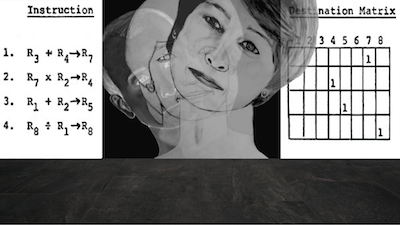
Dorothy Hodgkin, chemist and protein crystallographer
I have been told that I always used to hum when I was happy. The day we discovered the structure of insulin I was humming.
Source: Georgina Ferry, Dorothy Hodgkin, A Life, Bloomsbury Reader, 2014
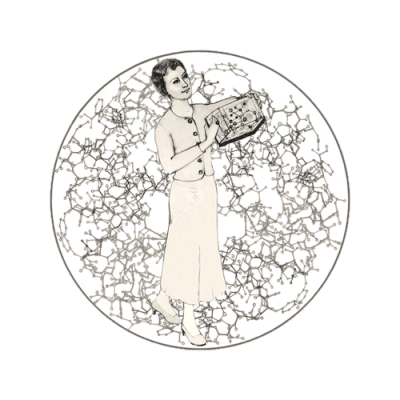
Hope Jahren, geochemist and geobiologist
I have been told I can’t do what I want to do because I am a woman and I have been told that I am only allowed to do what I have done because I am a woman.
Source: Hope Jahren, Lab Girl, Vintage Books, 2016
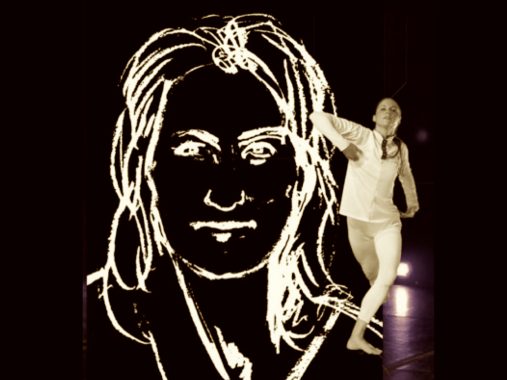
Sexual harassment in science starts like this: A woman gets an email – the subject line is a bit off: “It’s late and I can’t sleep” or: “Maybe it’s the three glasses of cognac.”
Source: Hope Jahren, She Wanted to Do Her Research. He Wanted to Talk ‘Feelings.’, New York Times, March 5, 2016
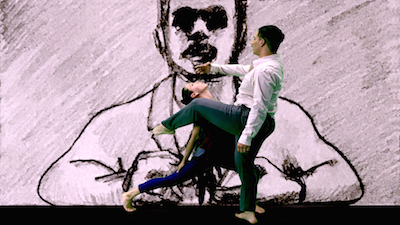
Percy Julian, chemist
I had to leave Harvard without my doctorate, because I was denied the teaching assistantship I needed to stay in school. They didn’t want to let a black man teach white students.
Source: Forgotten Genius transcript, Stephen Lyons & Llewellyn M. Smith, NOVA, PBS, February 6, 2007 http://www.pbs.org/wgbh/nova/transcripts/3402_julian.html
Ernest Everett Just, cell biologist
Research was the breath of life to me. My work on cell structure convinced me that living substance is more than the sum of its parts. I wanted only to explore that harmonious organization that makes substance live. As a student I won every prize Dartmouth had to give, but after I got my degree in zoology no research university would hire a black scientist. I had to take a teaching job at Howard University, where they asked me to teach English.
Sources: Kenneth R. Manning, Black Apollo of Science: the Life of Ernest Everett Just, Oxford University Press, 1984 and Edward Lee, Ernest Everett Just, Blackfax Calendar, March 2006
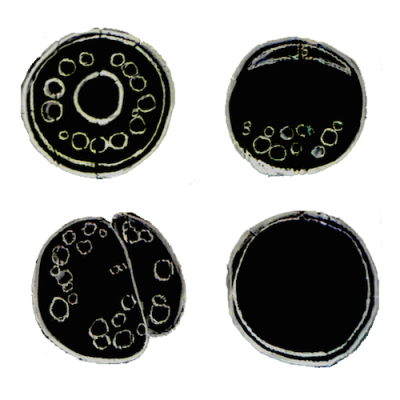
Celeste Kidd, brain and cognitive scientist
For years I was afraid to report my experiences to university authorities…they knew and didn’t seem to care about his behavior. I wanted a tenure-track position. I wanted to run my own lab. I desperately wanted to show them how capable I was as a scientist. I didn’t want to risk everything by complaining.
Source: Madison Pauly, She Was a Rising Star at a Major University. Then a Lecherous Professor Made Her Life Hell., Mother Jones, September, 2017
Barbara McClintock, cytogeneticist, awarded Nobel Prize in Physiology or Medicine, 1983
My mother tried to stop me from going to college because she was afraid it would make it hard for me to get married, but eventually my father helped me go to Cornell. When I got into the lab I finally felt at home. I never did get married but I won the Nobel Prize.
Source: Evelyn Fox Keller, A Feeling for the Organism: The Life and Work of Barbara McClintock, W. H. Freeman & Co., 1983
Lise Meitner, physicist
As a young chemist, I was banished to research in a basement workshop because my superior thought women in the chemistry labs were dangerous — their hair might catch fire.
Source: Ruth Lewin Sime, Lise Meitner: A Life in Physics, University of California Press, 1997
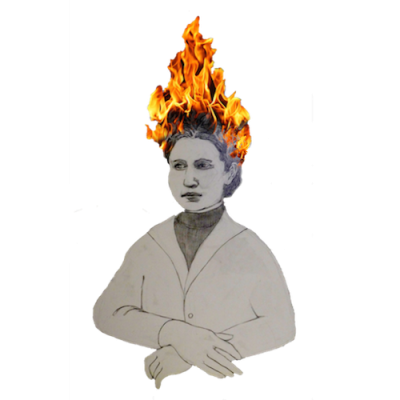
For decades I collaborated with my fellow chemist Otto Hahn in Germany, then the Nazis came and I had to flee. Hahn and I continued our research by letter. I worked out the theory for some strange experimental results that he could not understand, and so discovered atomic fission. In 1945, Otto Hahn was awarded the Nobel Prize for his discovery of fission…but I was not mentioned. I went to the Nobel ceremony anyway — everywhere I was portrayed as Hahn’s student, an assistant. I found it quite painful that Hahn did not say one word about me, to say nothing of our thirty years working together.
Source: Ruth Lewin Sime, Lise Meitner: A Life in Physics, University of California Press, 1997
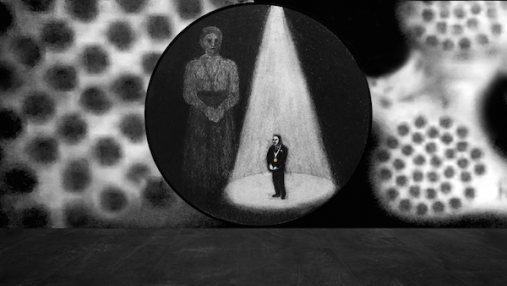
Kenneth E. Phillips, physicist, environmental engineer & aerospace curator It happens to every person of color—at some point they are either mistaken for someone who holds a subordinate position or for someone who simply has no reason or right to be present.
Source: Unpublished conversation and email with the artist, 2017/2018
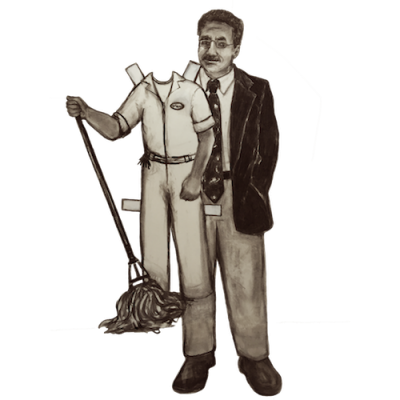
Ruth Sager, geneticist
Science is a way of life. I think it all comes from the inside. It really gets to the very core of your existence. It is much like being an artist or a dancer. It’s something that demands everything from you that you are capable of.
Source: Arthur B. Pardee, Ruth Sager 1918-1997, A Biographical Memoir, The National Academy Press, Washington, D.C , 2001
Katsuko Saruhashi, geochemist
I knew that by working hard, I could slowly unwrap the secrets of nature…this is such joy.
Source: Fumiko Yonezawa, The Way of Life of Saruhashi Katsuko, Iwanami Shoten, Tokyo, 2009. Translated by Sumiko Hatakeyama, 2016
Posting as SHOMAC
As a younger woman I had a horrifying experience with a male professor. He asked me to join his lab and as we were discussing our potential future, he outright asked me if I were planning on getting pregnant while working with him. The message was he didn’t want a pregnant grad student because his insurance would have to cover the costs.
Source: Comment on editorial Science for All, Nature.com, March 6, 2013
John Southard, sedimentary geologist
At the age of 76, after a long career as a scientist and MIT professor, I came out as a cross-dresser…My wife knows I am happy to be a man. I could describe her as my enthusiastic accomplice.
Source: John Southard, A Chance to Dress, Documentary film produced and directed by Alice Dungan Bouvrie, Mineral King Productions, 2015
Dawn Sumner, geobiologist
I was the only woman at the Russian base in Antarctica. My team had just come in from grueling weeks in the field where I had done a lot of the heavy lifting. The man who made loudspeaker announcements to the entire base kept referring to me over the loudspeaker as “Princess.”
Source: Unpublished conversation with the artist, 2013
Pireeni Sundaralingam, cognitive scientist and poet
On the first day of my physics class in high school, the teacher told the class that the boys were to be allowed use the limited equipment first to do their homework, because the girls were going to drop out anyway. To scare the boys away so we could do our experiments, we would stand next to the microscopes and talk about menstruation.
Source: Unpublished conversation and email with the artist, 2015
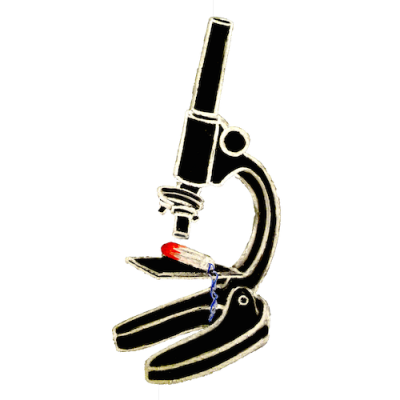
Neil deGrasse Tyson, astrophysicist
The greatest of people were never versions of someone else. They were themselves.
Source: Video interview with Neil deGrasse Tyson, Big Think, 2012